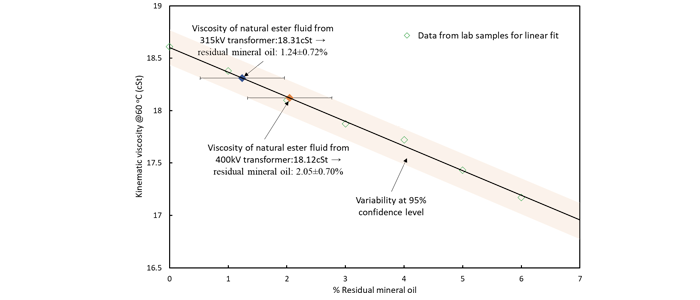- +61 7 3374 2877
- Email Us
As more and more businesses seek to improve the sustainability of their operations, natural ester has, by far, been the fastest growing alternative dielectric fluid in both the utility and industrial sectors. Apart from being widely used in new installations and as a replacement for ageing and faulty transformers, increasingly, end users are also pursuing the option of retrofilling, which involves changing the dielectric fluid in operating transformers.
Retrofilling existing mineral oil-filled transformers not only increases the pace of transition towards the more sustainable natural ester fluid, but it also helps to extend transformer life, thereby leading to lower capital investment on new assets and reduced consumption of non-renewable materials.
As pointed out in the 2020 Sustainability Report from Meralco, the leading utility company in Philippines, natural ester dielectric fluid is considered most suitable for sustainable power generation due to its ability to enhance and improve transformer safety, environmental footprint, reliability and loading capacity all at the same time [1]. Apart from mandating the use of natural ester in their pad- and pole-mounted distribution transformer specifications, Meralco has also recently embarked on an extensive retrofilling program for their existing transformers that are deemed fit for continuous service.

As a complement to the previous review on the main incentives and benefits of retrofilling [2], this article discusses the important elements that make natural ester the ideal retrofilling fluid as a means of getting the best out of existing transformers.
While the benefits of natural ester dielectric fluid in prolonging insulation life, improving equipment reliability and extending loading capacity are increasingly harnessed in both power grid and industrial applications, to most transformer end users, effective mitigation of fire and environmental risks remains the most important incentive for retrofilling.
One of the main considerations for choosing natural ester fluid for retrofilling projects is its high tolerance to residual mineral oil in the transformers post retrofilling. As demonstrated in both laboratory and field testing, the fire point of natural ester dielectric fluid would only show a significant drop when the residual mineral oil level reaches about 7% (Figure 1), making it desirable for on-site retrofilling with proper draining and flushing [3-4]. In other candidate fluids such as synthetic ester, the fire point would drop below the 300oC threshold for K-class less-flammable fluids (as specified in IEC 61039 [5]) at a lower residual mineral oil level, thereby necessitating a complete oil change under stringent factory environment and leading to significantly higher costs and longer down time.

In a recent prototype study involving two retrofilled distributed transformers of rated capacity at 315kVA and 400kVA [6], it was established that during the flushing process, after draining off the original fluid, natural ester should be introduced from the highest point of the conservator or from the oil level gauge port of the main tank (where there is no conservator), to maximise removal of residual mineral oil.
In the same study, the kinematic viscosity at 60oC was found to be a suitable parameter to determine the residual mineral oil left in the natural ester fluid post retrofilling, as it shows good linear correlation against the mineral oil content in the range of 1-6% (Figure 2). Based on the kinematic viscosity results obtained from the natural ester fluid one year after retrofilling, the residual mineral oil content is estimated to be around 1.24% and 2.05% respectively, in the 315kVA and 400kVA transformer (Figure 2), which are significantly lower than what would be expected for on-site retrofilling.